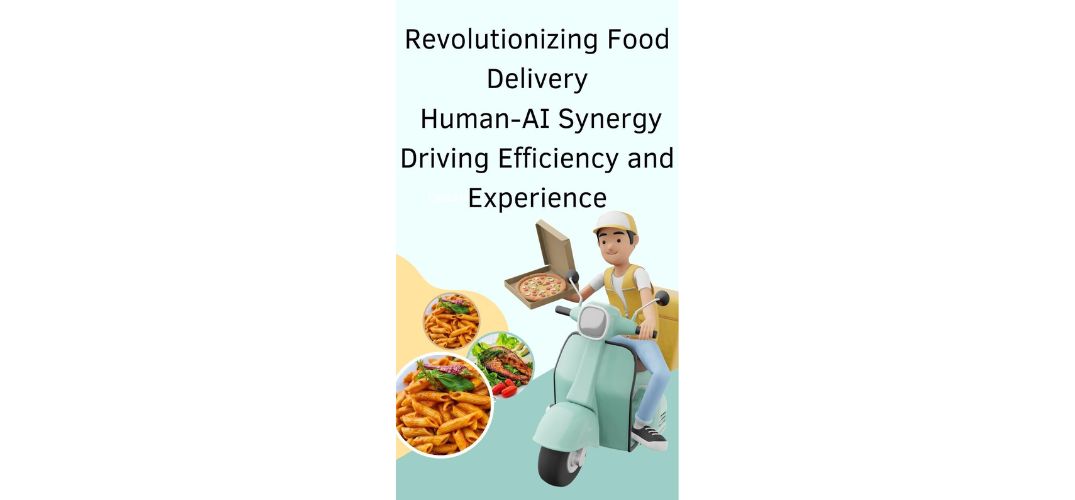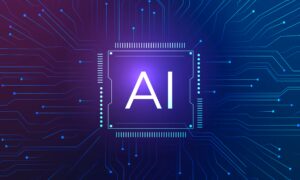In this rapidly evolving technological landscape, the intersection of human intelligence and artificial intelligence (AI) is unlocking transformative possibilities in food delivery. Praveen Payili’s research delves into innovative collaborations between humans and AI, shedding light on a future that seamlessly integrates technology with human decision-making. This article highlights these advancements, emphasizing how innovation is shaping a smarter, more efficient food delivery ecosystem.
Optimizing Route Planning with AI Precision
AI has revolutionized the logistics of food delivery by optimizing route planning. Traditional methods of mapping and navigation often fall short in accounting for dynamic variables such as real-time traffic, weather conditions, and roadblocks. By harnessing AI algorithms, delivery routes are now generated in real time, ensuring faster delivery and minimizing delays. This not only enhances the customer experience but also reduces fuel consumption, contributing to sustainability goals.
Dynamic Demand Forecasting
One of the significant breakthroughs in food delivery is AI’s ability to predict demand dynamically. By analyzing historical data, seasonal trends, and even social events, AI systems can forecast peak demand periods. This enables efficient resource allocation, ensuring adequate workforce and inventory during busy times. Such predictive capabilities mitigate order delays and enhance customer satisfaction, showcasing the power of data-driven decision-making.
Enhancing Customer Interaction
AI has redefined how customers interact with food delivery platforms. Advanced chatbots and voice assistants offer a seamless interface for placing orders, tracking deliveries, and resolving issues. These AI-driven tools not only reduce the workload for human operators but also ensure round-the-clock customer support. The integration of natural language processing allows for more intuitive and human-like interactions, fostering trust and loyalty among users.
Personalized Recommendations
Personalization has become a cornerstone of the modern customer experience, and AI plays a pivotal role here. Machine learning models analyze user preferences, order histories, and feedback to provide tailored recommendations. Whether it’s suggesting new dishes or offering exclusive deals, these personalized insights create a more engaging and satisfying experience for customers. This level of customization sets new standards for food delivery services.
Collaborative Decision-Making
A notable innovation lies in collaborative decision-making, where humans and AI systems work together to solve complex problems. For instance, while AI can process vast amounts of data to identify patterns and anomalies, human judgment is crucial for contextual decision-making. This synergy ensures that decisions are not only data-driven but also culturally and contextually relevant, particularly in diverse markets.
Streamlining Operations with Automation
Automation is at the heart of operational efficiency in food delivery. AI-powered tools streamline order processing, inventory management, and delivery tracking. Automated dispatch systems allocate delivery tasks based on proximity and availability, ensuring optimal utilization of resources. This shift reduces operational costs and enhances overall productivity, marking a significant leap from traditional practices.
Driving Sustainability
Sustainability is a growing concern across industries, and AI innovations in food delivery address this pressing need. From optimizing delivery routes to reducing food waste through accurate demand forecasting, these solutions contribute to environmental conservation. Additionally, AI-enabled electric vehicle fleets and drone deliveries are paving the way for a greener future, aligning with global sustainability goals.
Bridging Gaps in Accessibility
AI-driven solutions enhance efficiency and play a pivotal role in bridging accessibility gaps, making food delivery services more inclusive than ever. For instance, features like voice recognition empower visually impaired users, while multi-language support ensures that customers from diverse linguistic backgrounds can seamlessly engage with these platforms. By addressing the needs of a broader audience, these technological innovations demonstrate a commitment to equity. They break down barriers that once limited access to essential services, fostering a more inclusive and customer-centric landscape. Such advancements exemplify how AI can drive meaningful change, creating a world where technology serves everyone.
In conclusion, the insights shared by Praveen Payili showcase a groundbreaking evolution in food delivery, driven by the synergy between human creativity and AI advancements. This dynamic partnership holds the potential to revolutionize the industry, ensuring heightened efficiency and personalized customer experiences. As Payili illustrates, the harmonious integration of technology with human-centric values paves the way for a future where innovation serves to enhance both functionality and empathy, benefiting all stakeholders.



































